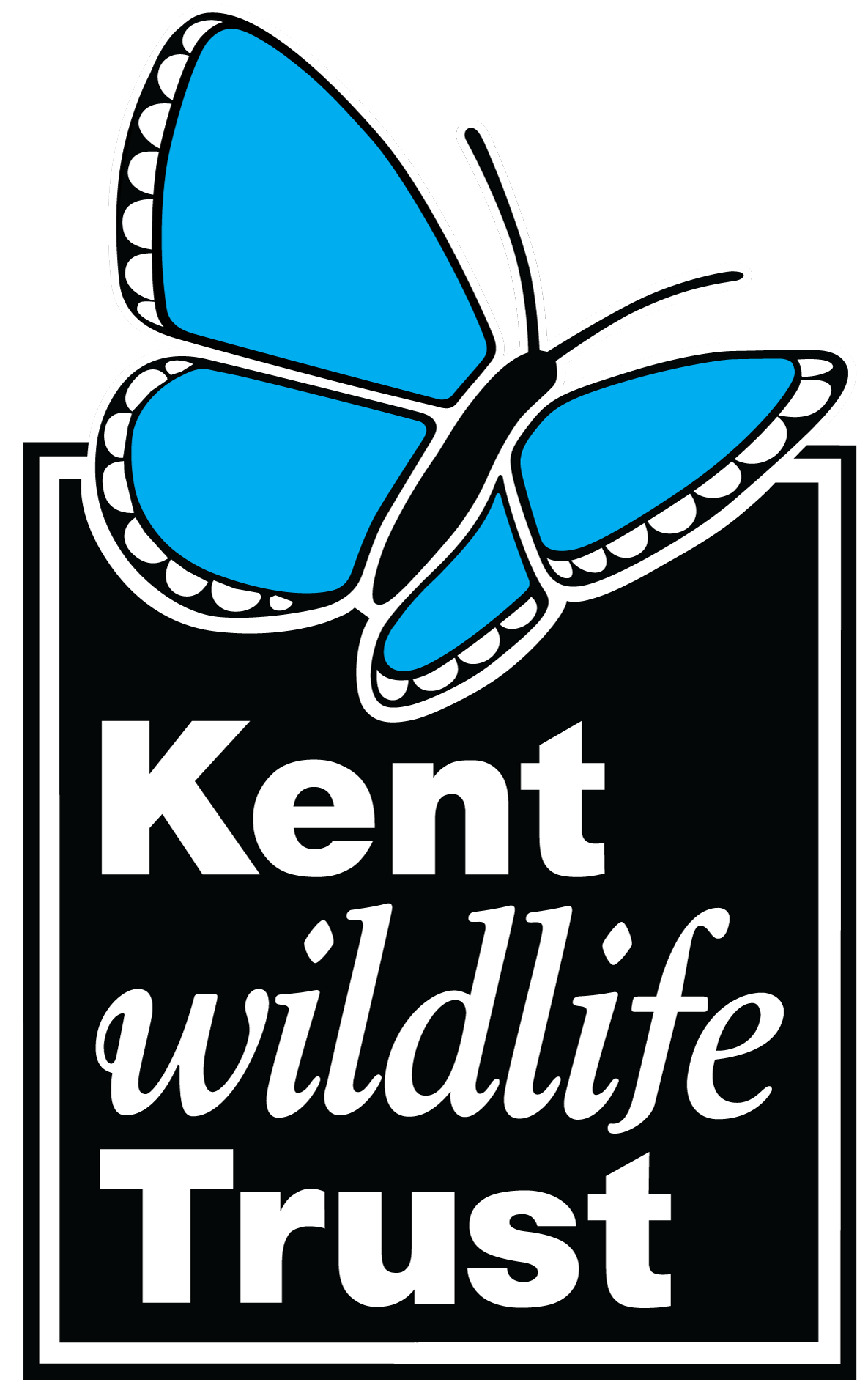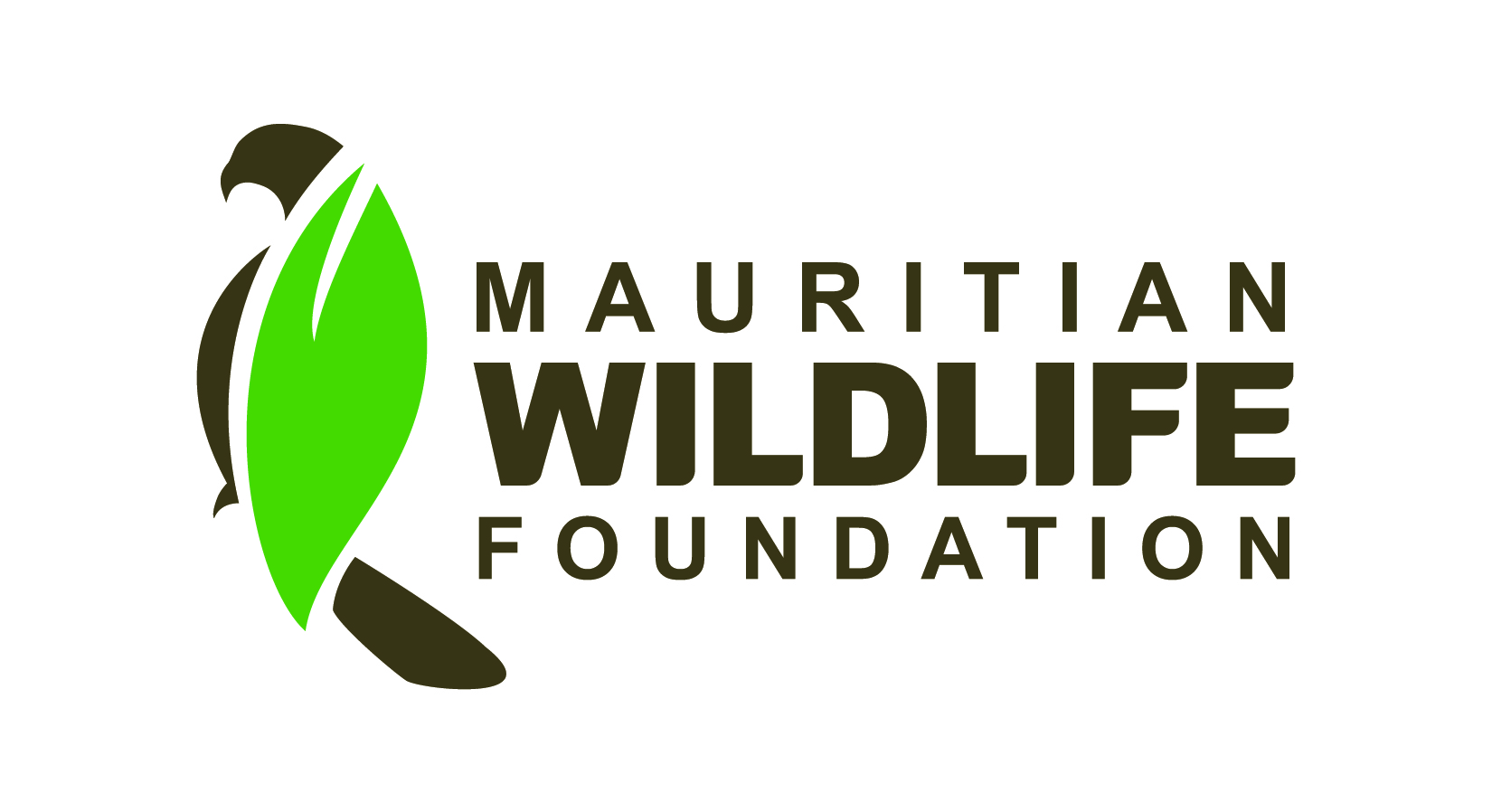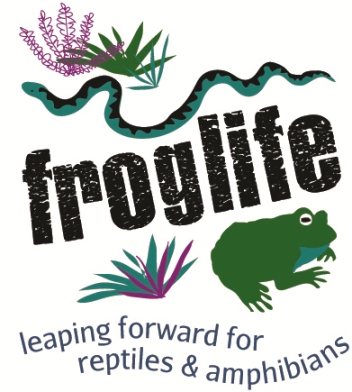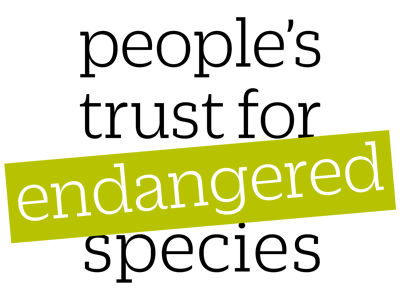Re-vegetation with native species does not control the invasive Ruellia simplex in a floodplain forest in Florida, USA
-
Published source details
Smith A.M., Reinhardt Adams C., Wiese C. & Wilson S.B. (2016) Re-vegetation with native species does not control the invasive Ruellia simplex in a floodplain forest in Florida, USA. Applied Vegetation Science, 19, 20-30.
Published source details Smith A.M., Reinhardt Adams C., Wiese C. & Wilson S.B. (2016) Re-vegetation with native species does not control the invasive Ruellia simplex in a floodplain forest in Florida, USA. Applied Vegetation Science, 19, 20-30.
Actions
This study is summarised as evidence for the following.
| Action | Category | |
|---|---|---|
|
Introduce organisms to control problematic plants: freshwater swamps Action Link |
|
|
|
Use herbicide to control problematic plants: freshwater swamps Action Link |
|
|
|
Introduce seeds of non-woody plants: freshwater wetlands Action Link |
|
|
|
Directly plant non-woody plants: freshwater wetlands Action Link |
|
-
Introduce organisms to control problematic plants: freshwater swamps
A replicated, randomized, controlled study in 2013–2014 in a floodplain swamp invaded by Mexican petunia Ruellia simplex in Florida, USA (Smith et al. 2016) found that amongst plots sprayed with herbicide, planting native wetland herb species increased plant species richness. Four herb species were planted, with survival rates of 2–57% after one year. Over this year, planted plots had higher plant species richness (total: 5.2; native: 3.8 species/2.25 m2) than unplanted plots (total: 1.8; native: 0.6 species/2.25 m2). However, planted and unplanted plots contained a statistically similar amount of Mexican petunia. This was true for density (planted: 8–31 stems/0.56 m2; unplanted: 5–35 stems/0.56 m2), cover (planted: 39%; unplanted: 55%) and, after 12 months, biomass (planted: 4 g/m2; unplanted: 8 g/m2). Methods: Fourteen 1.5 x 1.5 m plots were established in a floodplain swamp, where invasive Mexican petunia had been controlled (but not eradicated) with herbicide. In November 2013, seven random plots were planted with greenhouse-reared herbs (four species; four plants/species/plot; individual plants 30 cm apart). The other seven plots were not planted. Vegetation was surveyed for one year after planting.
(Summarised by: Nigel Taylor)
-
Use herbicide to control problematic plants: freshwater swamps
A replicated, randomized, controlled study in 2013–2014 in a floodplain swamp invaded by Mexican petunia Ruellia simplex in Florida, USA (Smith et al. 2016) found that spraying the vegetation with herbicide had no significant effect on overall plant species richness. Averaged over 3–15 months after intervention, overall plant species richness was statistically similar in sprayed plots (2.8 species/2.25 m2) and unsprayed plots (1.8 species/2.25 m2). Sprayed plots also had statistically similar Mexican petunia cover to unsprayed plots (sprayed: 55%; unsprayed: 71%), but contained fewer Mexican petunia stems (sprayed: 5–35 stems/0.56 m2; unsprayed: 23–76 stems/0.56 m2) and, after 15 months, contained less Mexican petunia above-ground biomass (sprayed: 8 g/m2; unsprayed: 15 g/m2). Methods: Fourteen 1.5 x 1.5 m plots were established in a petunia-invaded floodplain swamp. In August 2013, seven random plots were sprayed with glyphosate herbicide (AquaPro®). The other seven plots were not sprayed. Vegetation was surveyed between November 2013 and November 2014: plant species and their cover every three months (whole plot), petunia stem density every month (two 75 x 75 cm quadrats/plot), and petunia biomass in November 2014 only (vegetation cut from one 15 x 15 cm quadrat/plot, then dried and weighed).
(Summarised by: Nigel Taylor)
-
Introduce seeds of non-woody plants: freshwater wetlands
A replicated study in 2013–2014 in a degraded floodplain swamp in Florida, USA (Smith et al. 2016) reported that seeds of six wetland herb species did not germinate within a year of sowing, when sown into a clearing. Methods: In November 2013, herb seeds were sown (600 viable seeds/m2) into fourteen 1.5 x 1.5 m plots, in a clearing in a floodplain swamp. Seven plots received a mix of four native species (common rush Juncus effusus, pine barren goldenrod Solidago fistulosa, purple bluestem Andropogon glomeratus, and red-top panic grass Panicum longifolium). Seven plots received a mix of two native species (common rush and goldenrod). Three months before sowing, all plots were sprayed with herbicide to control, but not eradicate, invasive Mexican petunia Ruellia simplex. Plots were monitored monthly for one year after sowing. Surface water was present in 6 of 12 months and was up to 21 cm deep.
(Summarised by: Nigel Taylor)
-
Directly plant non-woody plants: freshwater wetlands
A replicated, randomized, controlled study in 2013–2014 in a degraded floodplain swamp in Florida, USA (Smith et al. 2016) reported 2–57% survival of planted wetland herbs after one year, and found that planted plots had higher plant species richness than unplanted plots. Four herb species were planted. After one year, survival rates were 2% for purple bluestem Andropogon glomeratus and pine barren goldenrod Solidago fistulosa, 46% for common rush Juncus effusus, and 57% for red-top panic grass Panicum longifolium. The study reported that cattle damaged or completely removed some plants, especially purple bluestem and pine barren goldenrod. Over the year following planting, plant species richness was higher in planted plots (total: 5.2; native: 3.8 species/0.56 m2) than in unplanted plots (total: 1.8; native: 0.6 species/0.56 m2). Planting had no significant effect on Mexican petunia Ruellia simplex density, cover or biomass (see Action: Introduce organisms to control problematic plants). Methods: Fourteen 1.5 x 1.5 m plots were established in a floodplain swamp where invasive Mexican petunia had been controlled (but not eradicated) with herbicide. In November 2013, seven random plots were planted with greenhouse-reared herbs (four species; four plants/species/plot; individual plants 30 cm apart). The other seven plots were not planted. Vegetation was surveyed for one year after planting. During this period, surface water was present in 6 of 12 months and was up to 21 cm deep.
(Summarised by: Nigel Taylor)
Output references
|
|

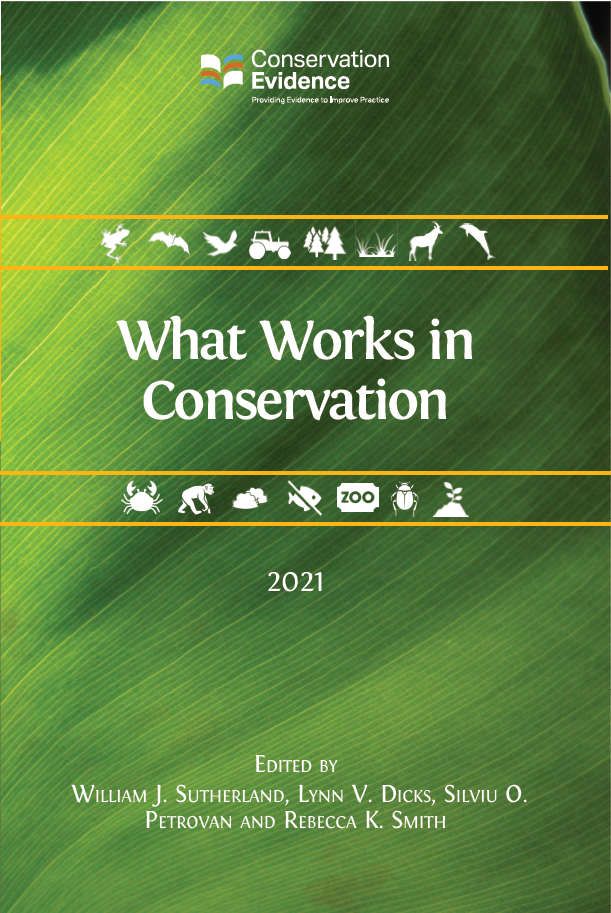
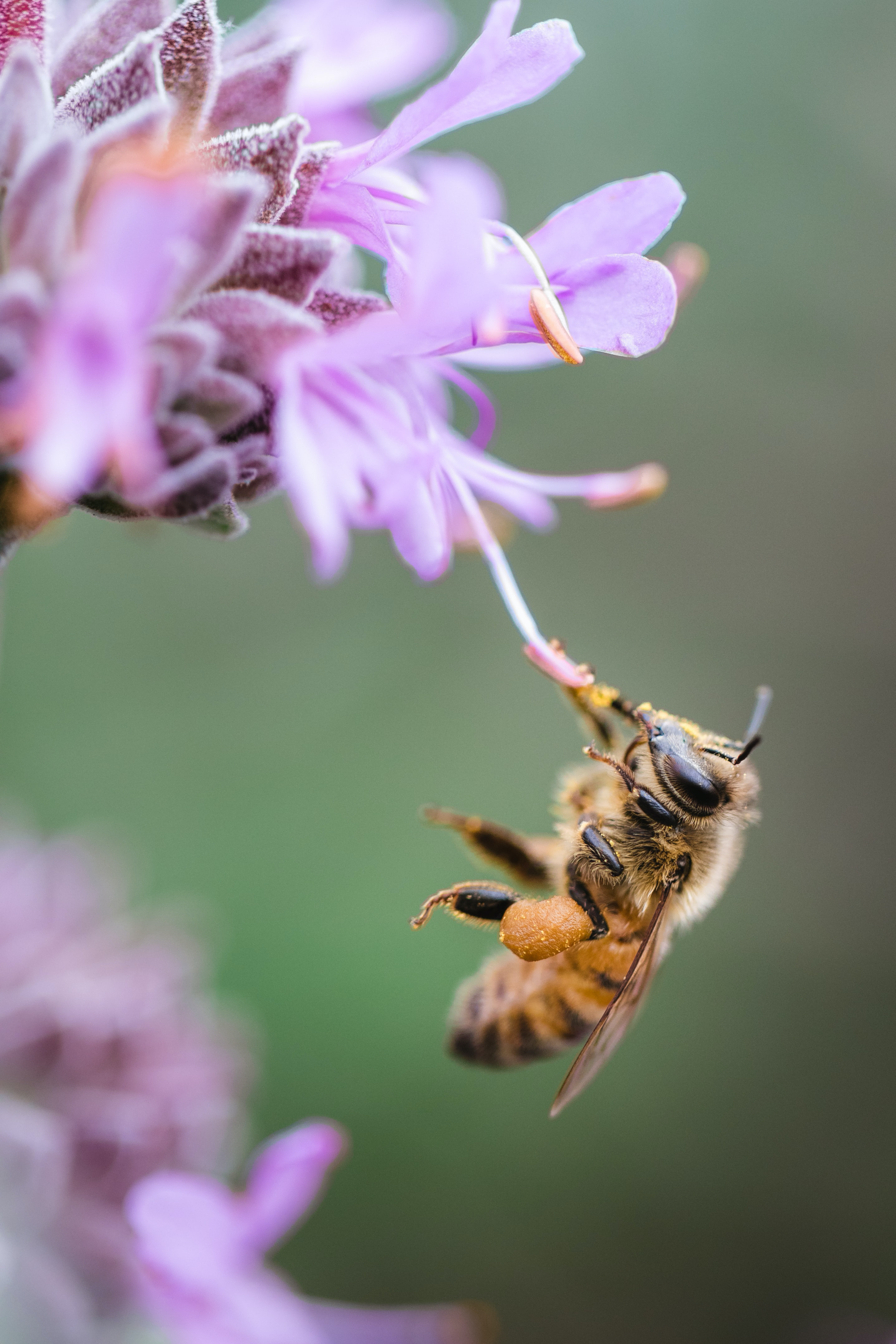

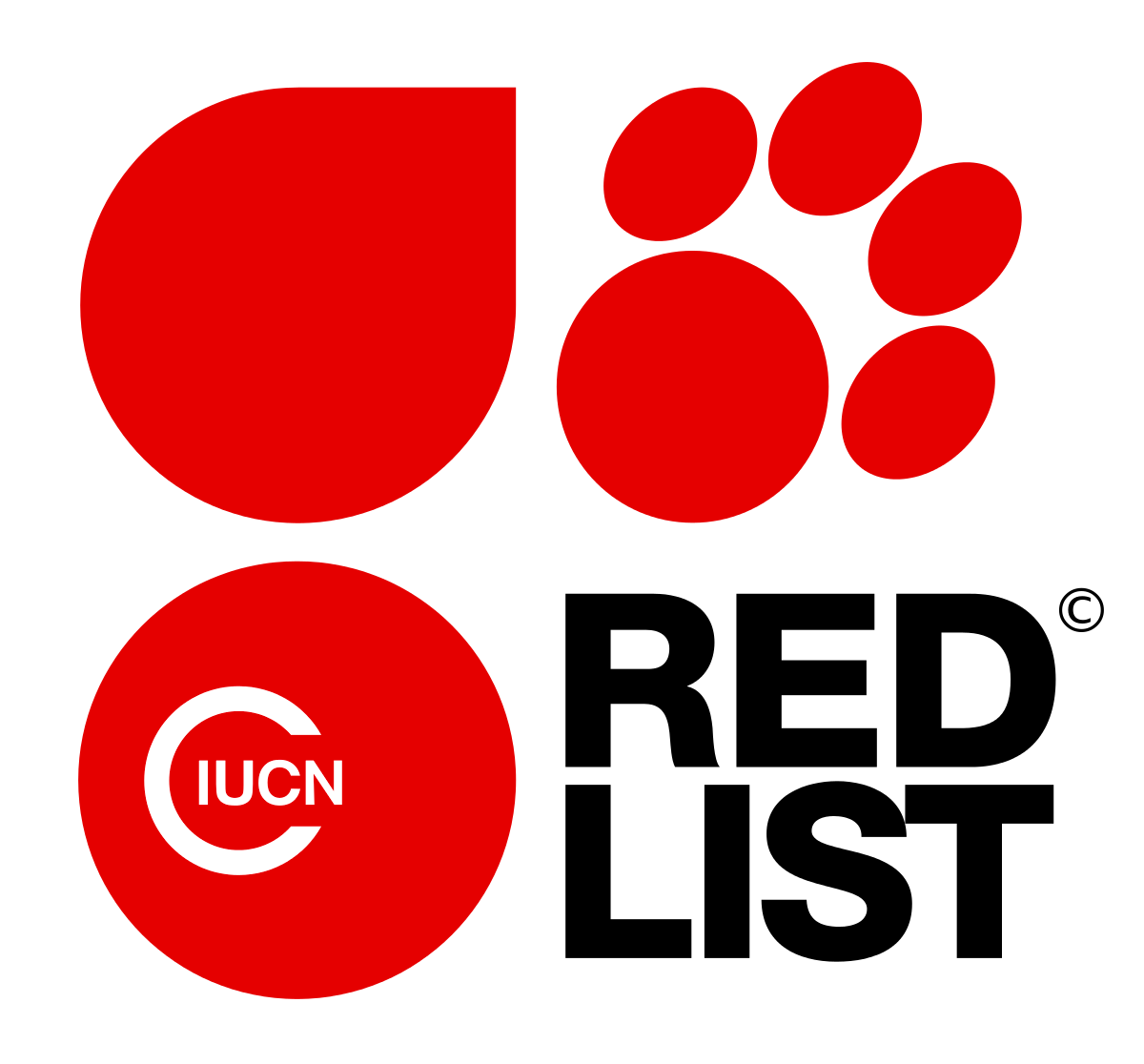
)_2023.JPG)
